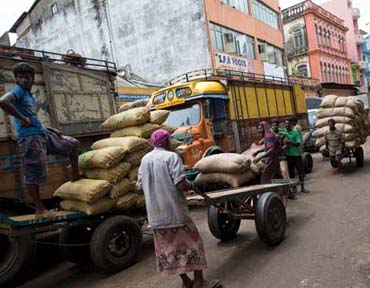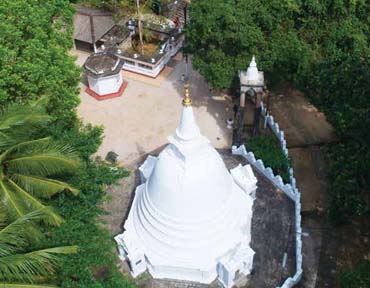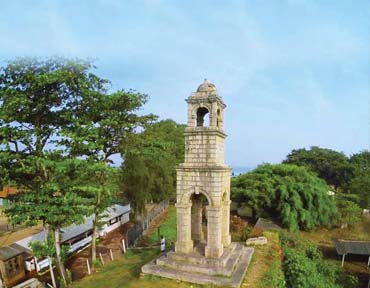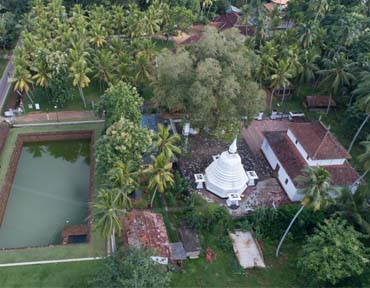


Pettah Market Pettah is a neighbourhood in Colombo, Sri Lanka located east of the Fort area. The Pettah neighborhood is famous for the Pettah Market, a series of open air bazaars and markets. It is Sri Lanka’s busiest commercial area, where most of the shops, textiles, buildings and many other business organisations are centered. Pettah is a multi-religious and multi-ethnic area.

Warakagoda Gallen Raja Maha Viharaya is a historic Cave temple in Kalutara District. The history of this temple is connected with the chronicles with the details about the fortress of Pasyodun Rata. Many believe that this temple was erected by the three brothers Manabharana, Keerthi Sri Megha and Sri Wallabha when they were occupying the fortress at Pasyodun Rata. The Pancayojana-Rattha or Pasyodun-vaga (present Pasdun Korale) was also a part of Rohana principality before the Parakramabahu’s ruleship of Dhakkhinadesa in 12th century.

Negombo Fort was a small but important fort in Negombo, approx. 30 km (19 mile) north of Colombo, that was built by the Portuguese to defend Colombo. The fort was located on a narrow strip of land between a lagoon and an inlet of the sea. It was surrounded by a dry moat, and the gate was accessed via a drawbridge. The original Portuguese fort was a weak structure, which was captured by Dutch forces commanded by Philip Lucasz, in February 1640. The Portuguese made several attempts to retake it before they were successful in December 1640. They then strengthened the fortifications and managed to defend the fort until it was recaptured by the Dutch, commanded by Francois Caron, in January 1644. The original bastions were destroyed by the Dutch cannons during the siege of the fort. The Dutch subsequently rebuilt it in 1672 however not on the usual square pattern, but on a pentagonal one, though it had only four bulwarks, the fifth was never constructed (possibly due to the cost).

description not found